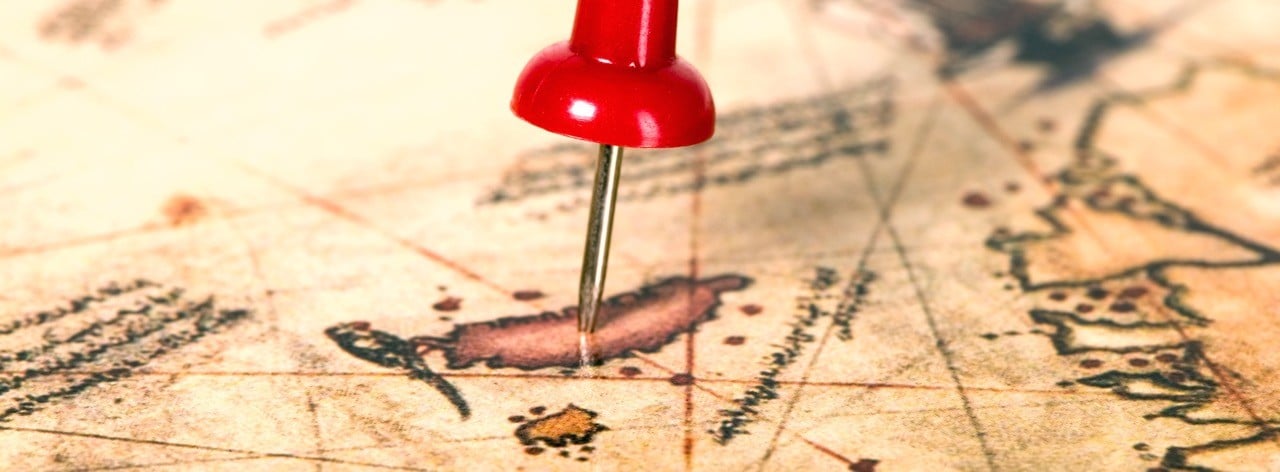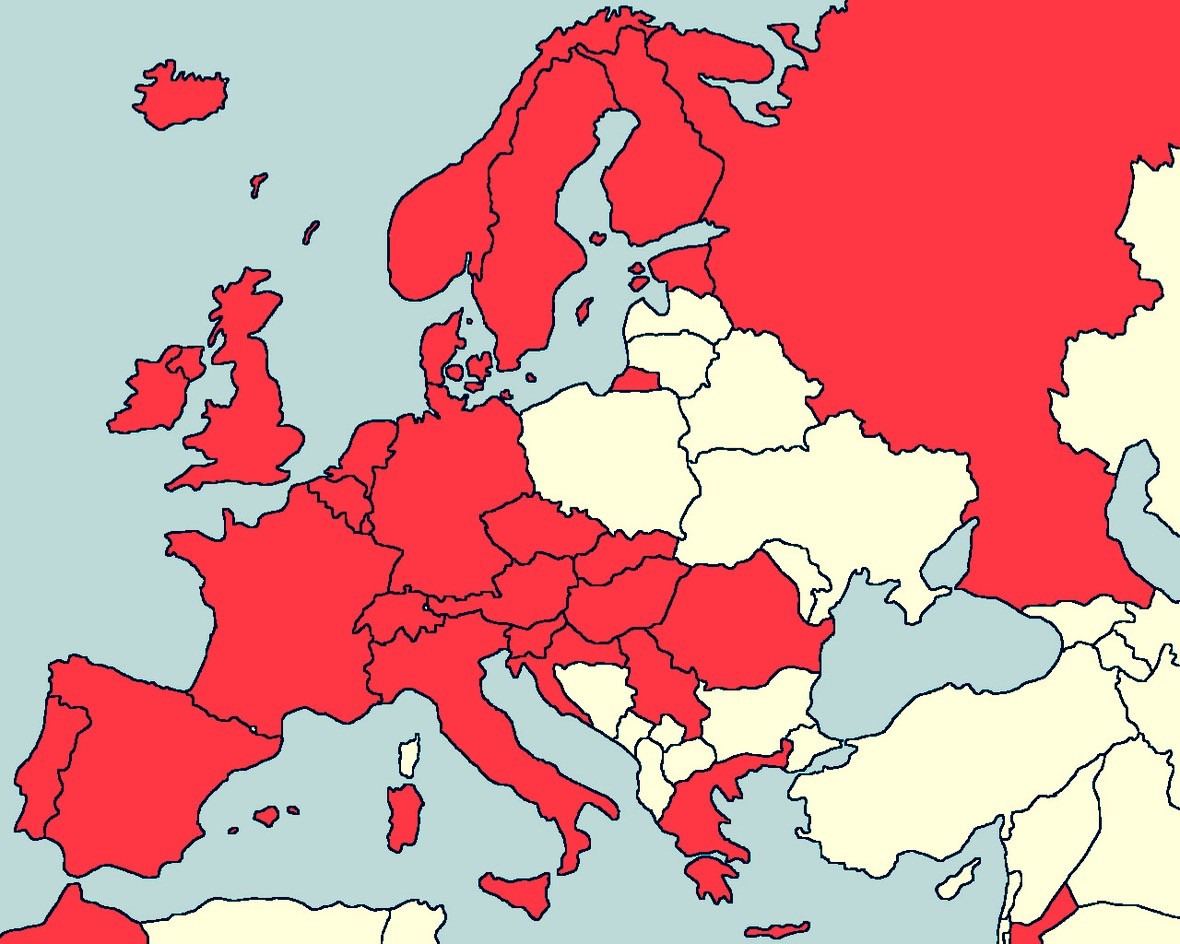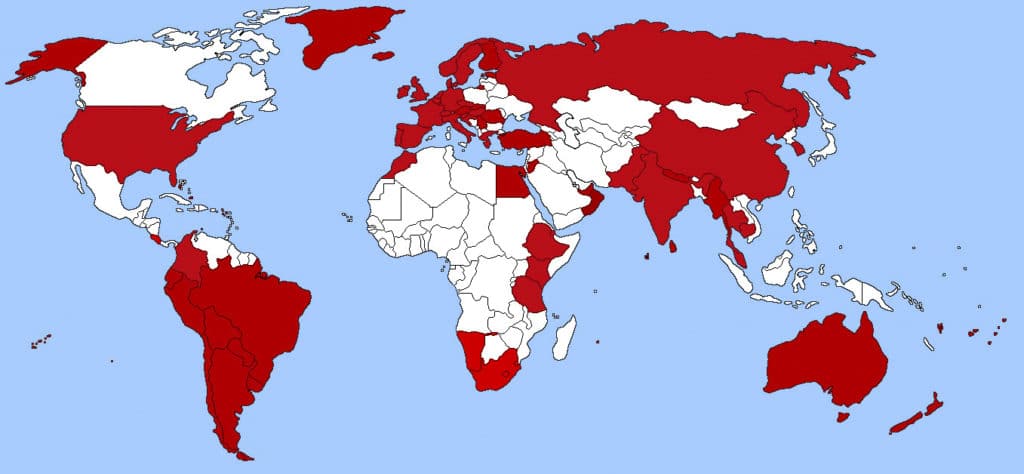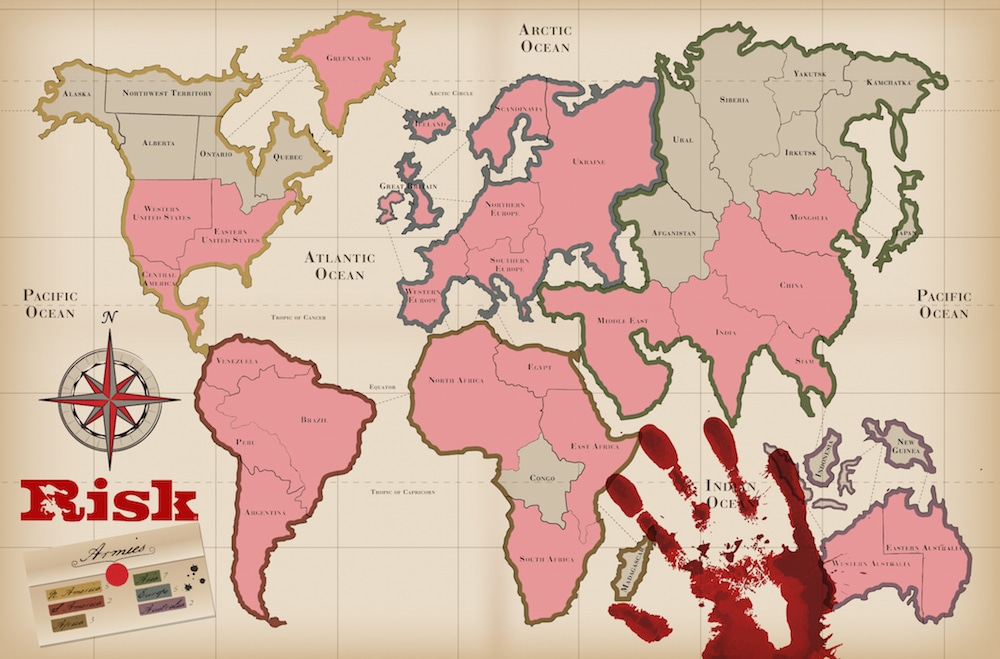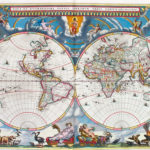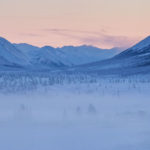Many people say they want to have ‘travelled the world’ but how can we quantify this? Countries visited? Passport stamps? Borders crossed?
How many times have you heard someone say it? Or read a blog post about it? Seen it in an Instagram status or on a bucket-list? Scores of people (including me) say they want to ‘travel the world’ but how can we quantify this? By the number of countries visited? Stamps in our passports? Borders crossed? Cultures experienced?
Kia asked this question on Quora a while ago and received a response from Jay Wacker, a former Stanford professor who offered up Hasbro’s Risk Map as a measure, suggesting that you can say you’ve travelled the world once you have visited half the territories on the map – that’s 21 out of 42 in total.
As of April 2014, Kia and I have travelled to 15 or 16 Risk Map regions each, but neither of us have seen the Pacific Ocean nor been to South America. Our first big journey is, without a doubt, our most audacious trip to date and will surely award us the honour of having travelled the world?
The Antarctic aside, we will have seen every continent totalling 60 or 70 countries across the 21 territories needed to qualify as “world travellers”.
Everyone will have their own criteria for answering this question. Whether it’s countries, continents, cultures, languages or Risk map territories, below are a few interesting points to consider.
The Europe problem
Europe is one of the smallest continents in terms of landmass (only Oceania is smaller); it’s the third largest in population yet has the second highest number of countries – 47 in total – making it one of the densest and most compacted continents in terms of population and borders.
I’ve travelled to over 30 European countries which is massively disproportionate to the other continents I’ve visited.
If I visited them all, it would count as near enough a quarter of all the states in the world yet would represent only 6.8% of the world’s landmass. If I then visited all of Africa’s countries (54) then I would have visited over half the countries in the world, but over only two continents and less then a quarter of the world’s landmass – less than Asia’s alone.
Travelling Europe alone will bag a lot of countries, but would it really offer a range of cultures and people?
The Russia problem
I’ve been to two cities in Russia – St Petersburg and Moscow – yet gain half of Asia on the world map thanks to Russia’s ridiculous size. Of the USA, I’ve seen only visited a handful of states yet gain a country that straddles a continent stretching from the Pacific to the Atlantic Ocean. I’ve seen a relatively small percentage of China, but gain a country that’s almost the size of Europe.
In Jay’s answer on Quora, he highlights the difference between visiting a city and travelling a country’s lands: “If you visit Moscow, that’s fine, you’ve been to Russia. If you slowly travel through all of the Oblasts, you’ll have certainly travelled more of the world.“
I don’t want to be the kind of traveller only interested in crossing countries off a list (although I do have a list). I prefer to travel landscapes and climb mountains. At the same time, I’m not a travel snob. I have been to Russia. One day I hope to take the Trans-Siberian Railway across Russia and see more of it, but for now, if anyone asks, I’ve been to Russia.
The stopover
Changing planes in South Korea on the way back from Cambodia I had six hours to kill. Incheon International Airport, as modern and charming as it may well be, didn’t really take my fancy, so I got my passport stamped, boarded a shuttle train and headed into town.
To say I saw Seoul would be a lie, but I saw some of Seoul – enough to get a funny stomach from some ropey noodles off a street food stall anyway.
Using the Risk Map criteria I somehow gained the territory of Mongolia, which I think is a little unfair to say the least. Kia had taken the same trip a few weeks earlier and had spent her time wandering the lounges of the airport instead so she (rather sourly) didn’t gain the territory.
I’ve had stopovers at a couple of airports in countries I’ve not visited properly and I don’t include them in the list of countries I’ve visited (Doha in Qatar and Colombo, in Sri Lanka).
I believe that if you don’t cross the border and get a stamp (or similar) then it doesn’t count. I’ll take South Korea (and Mongolia) as I took the time to enter and see some (if only a very small proportion) of the country. But Qatar and Sri Lanka don’t make the cut.
Which list?
There are officially only 191 countries that are not disputed. Yet, arguably there are up to 257 countries or states in the world – that’s a pretty big discrepancy. There are all sorts of problems: certain states are recognised by some countries and not by others; some are protectorates of former empires; members of the commonwealth; unclear autonomous regions and some are claimed by other states.
Deciding what actually constitutes a country can be a political quagmire. Is Taiwan an independent country? Not according to the UN or China. The Palestinian Territories? Kosovo? Depends who you ask.
Recently, on a trip to the Caribbean we had the opportunity to take a day trip to Montserrat. I initially assumed it was a country in its own right, but it’s actually a British Overseas Territory. I didn’t even know those things still existed – isn’t the Empire dead?
I downloaded a fairly comprehensive list of states in the world. There are 245 on my list including the UN’s 192 member states. I tick off the ones I’ve visited and add a date. So far the only one that isn’t a UN member state is the Vatican City… God knows what I’ll do if I ever visit the Falklands/Malvinas…
The Risk Map it is
After much deliberation, I decided to settle on the Risk Map. This is in no way ideal as there are still problems – the aforementioned South Korea/Mongolia dilemma to say the least.
However, it does tackle the Russia and Europe problems, My trip to Moscow and St Petersburg means I only gain Ukraine. Likewise, New York only earns me Eastern USA as opposed to two countries spanning entire continents. And, ticking off the 47-odd countries in Europe will only ever gain me seven territories.
Finally, the political and potentially controversial quagmire of country lists is navigated too. The Risk map is split up into regions that roughly span geo-political areas and don’t try to include all countries or their true boundaries. The names on the Risk map are rather confusing although actually irrelevant. It’s the areas they cover that are important.
With all that in mind, I’ll judge whether or not I’ve travelled the world by using Jay’s thinking: “getting to half of the 42 different regions on the map of Risk is a better sampling of the world.”
I think he’s right and it’s a good game to play… though it’s probably fruitless. As soon as I’ve got the 21 I’ll start to think about visiting the other 21.
It doesn’t matter how I measure my travels, I’ve got the bug.
If you enjoyed this article then we recommend Simon Garfield’s excellent On The Map: Why the world looks the way it does.
